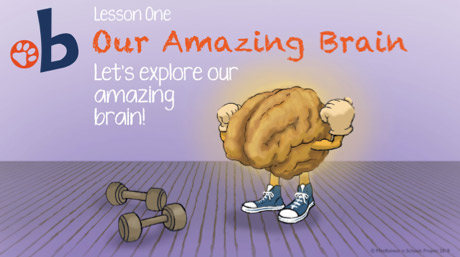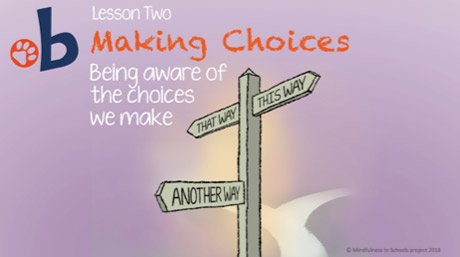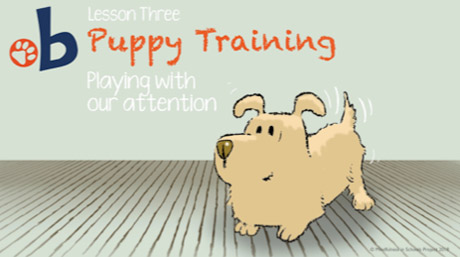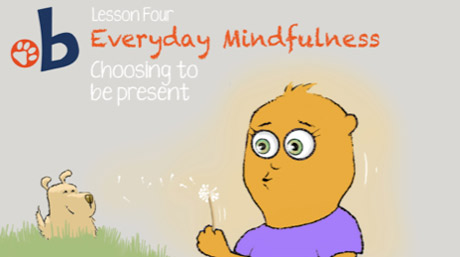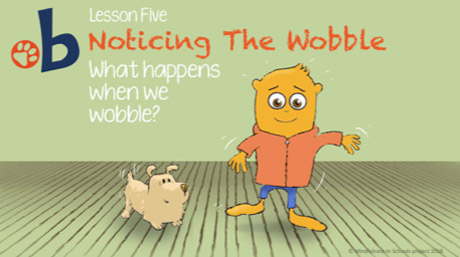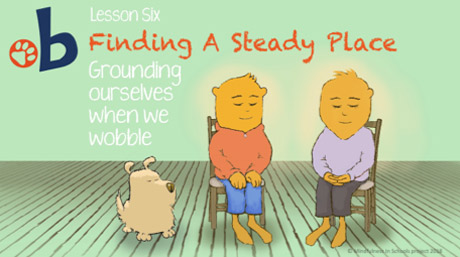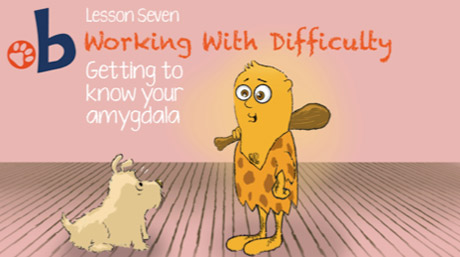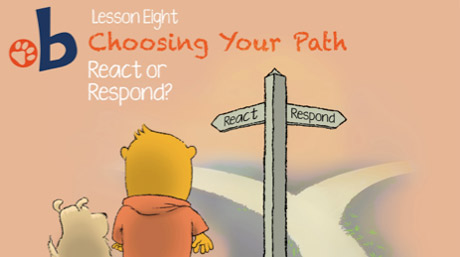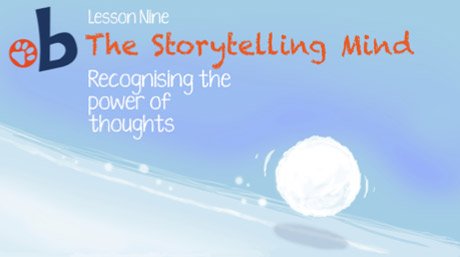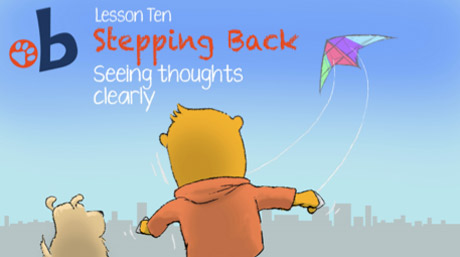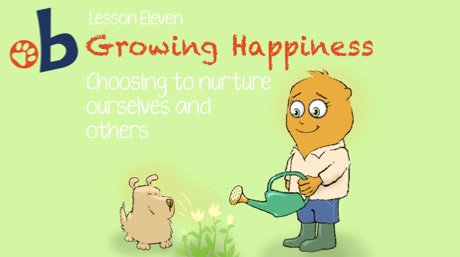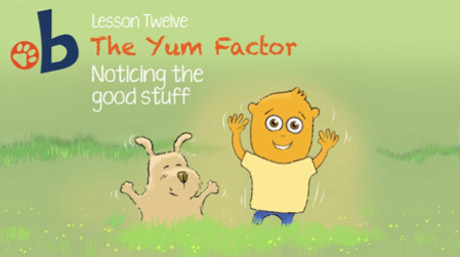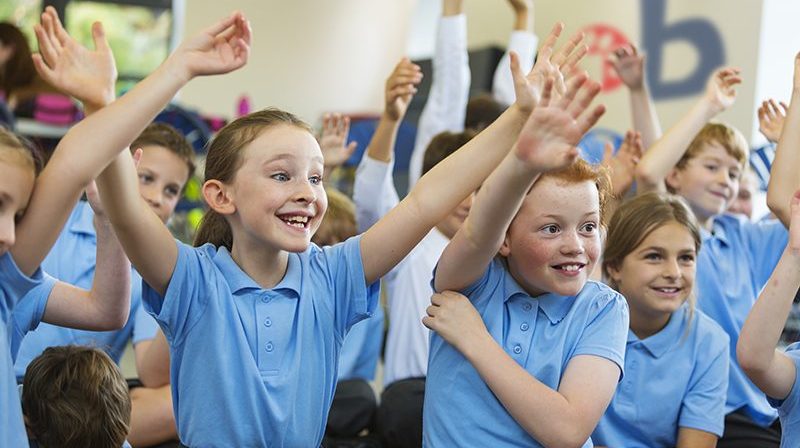
Paws b [pause be] is a leading mindfulness curriculum for children aged 7 -11 in schools and was initially developed in collaboration with experienced primary school teachers at Pen y Bryn school and senior mindfulness teachers and researchers at the Centre for Mindfulness Research and Practice at Bangor University in Wales.
The lessons are flexible and varied and can be taught as twelve 30 to 60 minute lessons or can be grouped into pairs and delivered over six sessions. Learning from all of the lessons is encouraged to be connected to other aspects of the school curriculum where and when appropriate, such as music, sport, art, drama, queuing to come into the classroom, school and residential trips, to name just a few possibilities.
Course Outline
Each Paws b lesson is expertly crafted for use in the classroom to teach a distinct mindfulness skill.
Let’s explore our amazing brain!
- Exploring how mindfulness can help us to train our minds to change our brain.
- Introducing 4 key areas of the brain, beginning with the Prefrontal Cortex
Being aware of the choices we make
- Learning how mindfulness can help us to concentrate when we need to
- Recognising the choices we make each day and the impact these have on our lives
Playing with our attention
- Exploring how the attention can move around, narrow down or broaden out in focus.
- Learning about how the attention is also like a puppy, but can be trained with an attitude of kindness, patience and repetition
Choosing to be present
- Understanding what it means to be on ‘autopilot’
- Learning about the role of the hippocampus and how it links new experiences to old ones
What happens when we wobble?
- Recognising that we all ‘wobble’, and explore ways to steady ourselves
- Learning about the Insula’s role in recognising different body states in ourselves and others and how they relate to mood
Grounding ourselves when we wobble
- Exploring practices that steady our attention in the lower half of the body
- Learning to recognise moods in ourselves and others
Getting to know your amygdala
- Exploring the idea of reactivity – what looks and feels like
- Learning about the amygdala and its role in ‘fight, flight or freeze’
React or respond?
- Learning how to nurture attitudes of curiosity, kindness, and openness to experiences
- Understanding the importance of keeping the mind and body safe and healthy through noticing choice points, and choosing to respond where appropriate
Recognising the power of thoughts
- Discussing what a thought is, and learning to recognise them as they arise
- Noticing some of the habits of our mind – e.g. ways the mind tries to fix difficulties by over-thinking
Seeing thoughts clearly
- Learning about how thoughts can be connected to body, emotions and urges/actions
- Exploring ways to step back and be present moment-focused when the mind is telling us stories
Choosing to nurture ourselves and others
- Discussing how we can best nurture ourselves and others
- Understanding how we can sometimes create space and choices around happiness
Noticing the good stuff
- Exploring specific ways to savour happiness
- Learning about how happiness, kindness and gratitude are connected
Try a FREE sample Paws b lesson
Download your FREE presentations and Teachers’ Notes booklets from the first lesson in the 12 lesson Paws b curriculum:
Free Sample Request
Please complete and send this form to request your free samples of the Paws b or .b curricula.
MiSP’s Teach Paws b training is widely regarded as one of the highest quality curriculum trainings available internationally.
To find out how you can teach Paws b…
